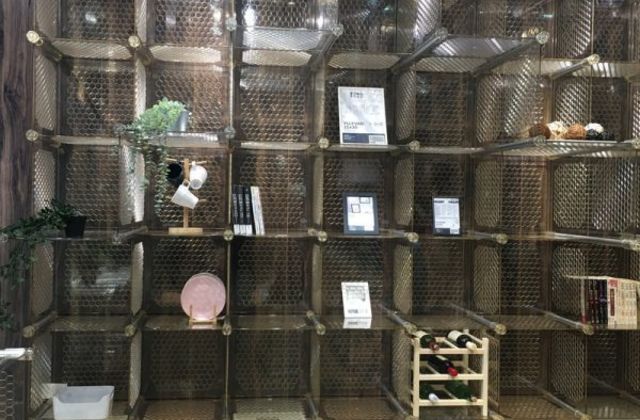What is it? ZZ Driggs rent and sell vintage collectible and sustainable contemporary furniture. Their collectible items are sourced across the world and their contemporary pieces are created by US designers with sustainable standards.
Why is this important? With frequent moves, changing styles and living arrangements, cheaper furniture is often purchased that can be less sturdy and might break. In the US, the EPA-reported landfill since 2009 has been increasing by 22%, outpacing the U.S. Census population growth of 14% (Hughes, 2022). A less sturdy particleboard table that is initially cheaper could last for around 3 years, while a more expensive handcrafted farm table might last for 100 years or longer (Hughes, 2022). Supporting the longevity of products and keeping them in use longer can not only reduce the number of new products that need to be manufactured, but also lower the amount that goes to landfill (Bakker et al., 2014; Stahel, 1998).
Main resource strategy: Narrowing the loop by enabling higher use rates of items through renting them out rather than individuals buying them.
Other resource strategies: Slowing the loop through renting out high-quality goods and maintaining them to extend the product life time of furniture.
Business model aspects:
- Value Proposition: ZZ Driggs rent out and sell both vintage collectible and contemporary furniture. They offer furniture rental for customers in the New York metropolitan area and parts of New Jersey or Connecticut (ZZ Driggs, 2022). Customers can lease items for 1, 3, 6, 9, or 12 months and can decide to buy an item at any stage of their lease, with the previously spent money deducted from the sale price (ZZ Driggs, 2022). Customers outside of those areas can still purchase the furniture.
- Value Creation & Delivery: ZZ Driggs manage the rental and sale of furniture items as well as the delivery, pick-up and restoration of items in between rental periods (ZZ Driggs, 2022). They specialise in offering collectible furniture, encompassing items from the early 20th, 19th and 18th centuries as well as contemporary furniture built to last (ZZ Driggs, 2022).
- Value Capture: ZZ Driggs capture value through both rental income from their leasing as well as product sales of items.
Strategies for degrowth/ sufficiency (based on sufficiency strategies from Niessen & Bocken, 2021):
- Awareness-raising: ZZ Driggs provide information to their customers on sustainable furniture and lifestyles through their blog.
- Green alternative: ZZ Driggs source long-life furniture, collectible vintage where possible, as well as sustainably made, contemporary furniture for rental and resale.
- No ownership & Reuse: The ZZ Driggs offering includes a furniture rental service based on lease periods as well as the option to buy these items directly, during or after a rental period, thereby giving a potential second life to antique or previously rented furniture.
Business model experimentation practices: When ZZ Driggs was initially founded in 2014, they focused on serving enterprise clients rather than individual customers (ZZ Driggs, 2022). They have moved to service residential, business and trade clientele in recent years (ZZ Driggs, 2022).
Sources:
ZZ Driggs (2022). How it works. Accessed 9 February 2022 at: https://zzdriggs.com/pages/how
***
About project Circular X
Project Circular X is about ‘Experimentation with Circular Service Business Models’. It is an ambitious research project funded by the European Research Council (ERC) which supports top researchers from anywhere in the world. Project CIRCULAR X runs from 2020-2025. The project is led by Principal Investigator (PI) Prof Dr Nancy Bocken, who is joined by a multidisciplinary team of researchers at Maastricht Sustainability Institute (MSI), Maastricht School of Business and Economics, Maastricht University. The project cooperates with businesses who want to innovate towards the circular economy.
Project Circular X addresses a new and urgent issue: experimentation with circular service business models (CSBMs). Examples of such new business models include companies shifting from selling products to selling services and introducing lifelong warrantees to extend product lifetimes. However, CSBMs are far from mainstream and research focused on experimentation is little understood. The research aims to conduct interdisciplinary research with 4 objectives:
- Advancing understanding of CSBMs; their emergence and impacts
- Advancing knowledge on CSBM experimentation
- Developing CSBM experimentation tools
- Designing and deploying CSBM experimentation labs
Funding source
This project has received funding from the European Research Council (ERC) under the European Union’s Horizon 2020 research and innovation programme, grant agreement No. 850159.
Using this information
When you cite this publication, please use the following source:
Circular X. (2022) Case study: ZZ Driggs - Rental and resale to reintroduce vintage furniture. Accessed from www.circularx.eu



